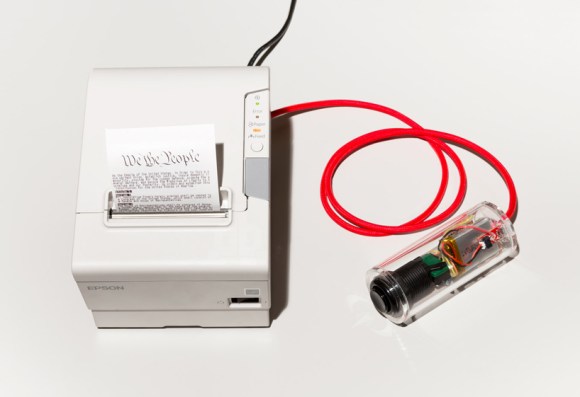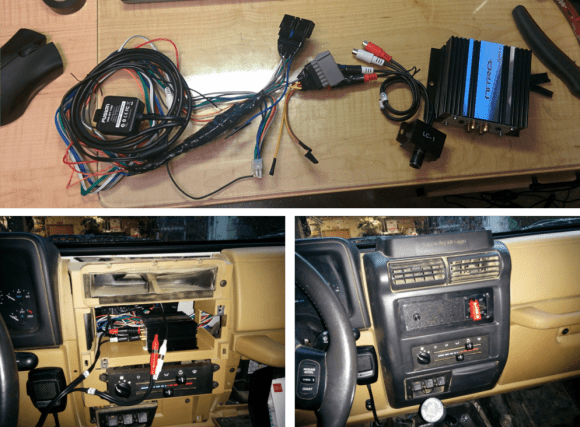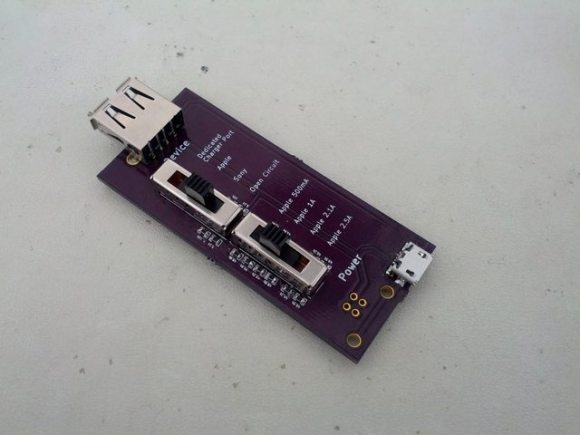
A few days ago Hackaday visited NOVA Labs, one of the premier hackerspaces around Washington, DC. In our video tour, co-founder [Justin Leto] shows off the space, going through all the awesome tools, workspaces, and projects his space has put together over the years.
One of the most impressive parts of NOVA Labs is the incredible amount of woodworking equipment. Everything from a Blacktoe CNC router, table and bandsaws, jointers, planers, real woodworking benches, and enough clamps to hold anything together are from a NOVA member that is co-locating his equipment for the rest of the hackerspace to share.
Apart from the woodworking tools, NOVA also has a few laser cutters and enough 3D printers for all the octopodes and Yoda heads you could ever imagine. A few of the members put together 3D build classes, and the machines being constructed are very, very cool. They’re using a Raspi with OctoPrint in their latest builds, attaching a camera to the frame and using a tablet for the interface. It’s just about the smoothest and cleanest 3D printer interface possible without using a computer.
There’s a lot of cool stuff happening at NOVA; the DC Area Drone User Group is the area’s largest group of unmanned aerial vehicles not housed in a five-sided building, and have done some aerial mapping for the metro station that will soon displace the hackerspace. NOVA also hosted a mini maker faire last weekend with over four thousand attendees. Impressive, to say the least.
Also at NOVA Labs is a small business the guys are incubating headed up by [Bob Coggeshall], also known as one of the guys who wrote sudo. It’s Small Batch Assembly, a very cool service that takes panelized PCBs and reels of components and assembles them. While we were there, [Bob] was assembling a few dozen boards stuffed with WS2812 LEDs for the R2D2 Builders Club.
[Bob] is using a very cool and very expensive Manncorp pick and place machine for placing all the components, squeegeeing the solder paste through Kapton film he laser cut on the NOVA Labs machines. It’s only a small-scale operation, but when it comes to placing thousands of SMD components for a few dozen boards, there probably isn’t a better way.
You can check out the video of NOVA, Small Batch Assembly, and a whole bunch of pics below.
Continue reading “Hackaday Visits NOVA Labs And Small Batch Assembly” →






 Oooh, look, a public charging station. Should you trust it? You might get juice jacked. Oh wait, you’ve got a
Oooh, look, a public charging station. Should you trust it? You might get juice jacked. Oh wait, you’ve got a 










